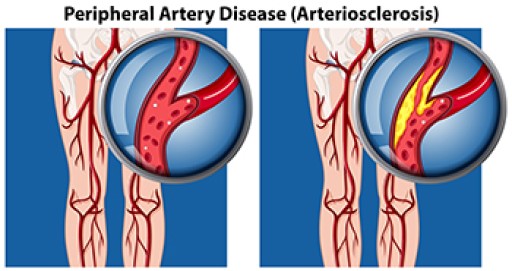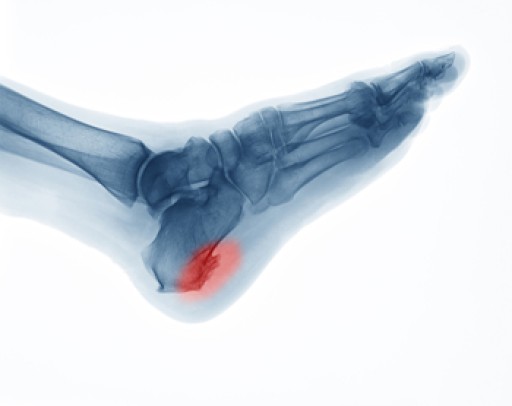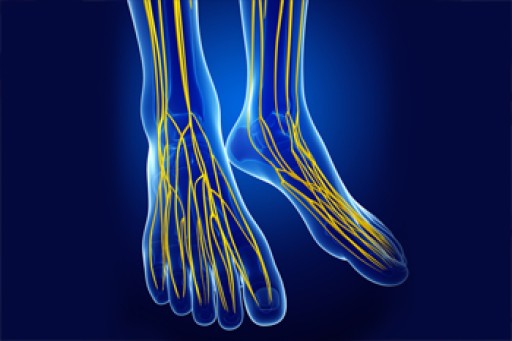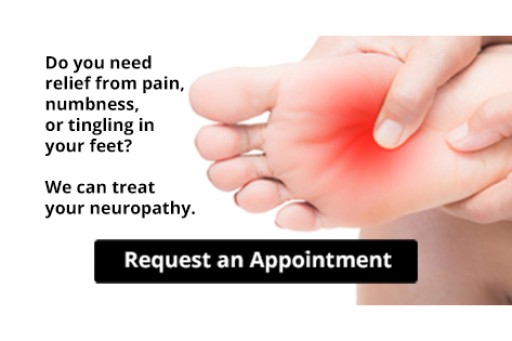Peripheral artery disease (PAD) is a condition in which circulation in the lower limbs is reduced, typically due to a buildup of plaque in the arteries that causes them to narrow and harden, thereby impeding blood flow. Common symptoms of PAD in the lower limbs include cramping, fatigue, aching, pain, or discomfort. The pain may be especially noticeable when walking or climbing stairs. It usually goes away when you are at rest, but returns when you resume activities. In some individuals, PAD is asymptomatic, going undiagnosed until it has progressed and begins to show symptoms. PAD can make heart attacks, strokes, amputation, and gangrene more likely. Because of this, it is important to get regular vascular testing, especially if you are older, have high blood pressure, high cholesterol, or a history of cardiovascular disease or type II diabetes. To learn more about PAD and to get tested, schedule an appointment with a podiatrist near you.
Peripheral artery disease can pose a serious risk to your health. It can increase the risk of stroke and heart attack. If you have symptoms of peripheral artery disease, consult with one of our podiatrists from Illinois . Our doctors will assess your condition and provide you with quality foot and ankle treatment.
Peripheral artery disease (PAD) is when arteries are constricted due to plaque (fatty deposits) build-up. This results in less blood flow to the legs and other extremities. The main cause of PAD is atherosclerosis, in which plaque builds up in the arteries.
Symptoms
Symptoms of PAD include:
- Claudication (leg pain from walking)
- Numbness in legs
- Decrease in growth of leg hair and toenails
- Paleness of the skin
- Erectile dysfunction
- Sores and wounds on legs and feet that won’t heal
- Coldness in one leg
It is important to note that a majority of individuals never show any symptoms of PAD.
Diagnosis
While PAD occurs in the legs and arteries, Podiatrists can diagnose PAD. Podiatrists utilize a test called an ankle-brachial index (ABI). An ABI test compares blood pressure in your arm to you ankle to see if any abnormality occurs. Ultrasound and imaging devices may also be used.
Treatment
Fortunately, lifestyle changes such as maintaining a healthy diet, exercising, managing cholesterol and blood sugar levels, and quitting smoking, can all treat PAD. Medications that prevent clots from occurring can be prescribed. Finally, in some cases, surgery may be recommended.
If you have any questions, please feel free to contact our offices located in Wheeling and Berwyn, IL . We offer the newest diagnostic and treatment technologies for all your foot care needs.













